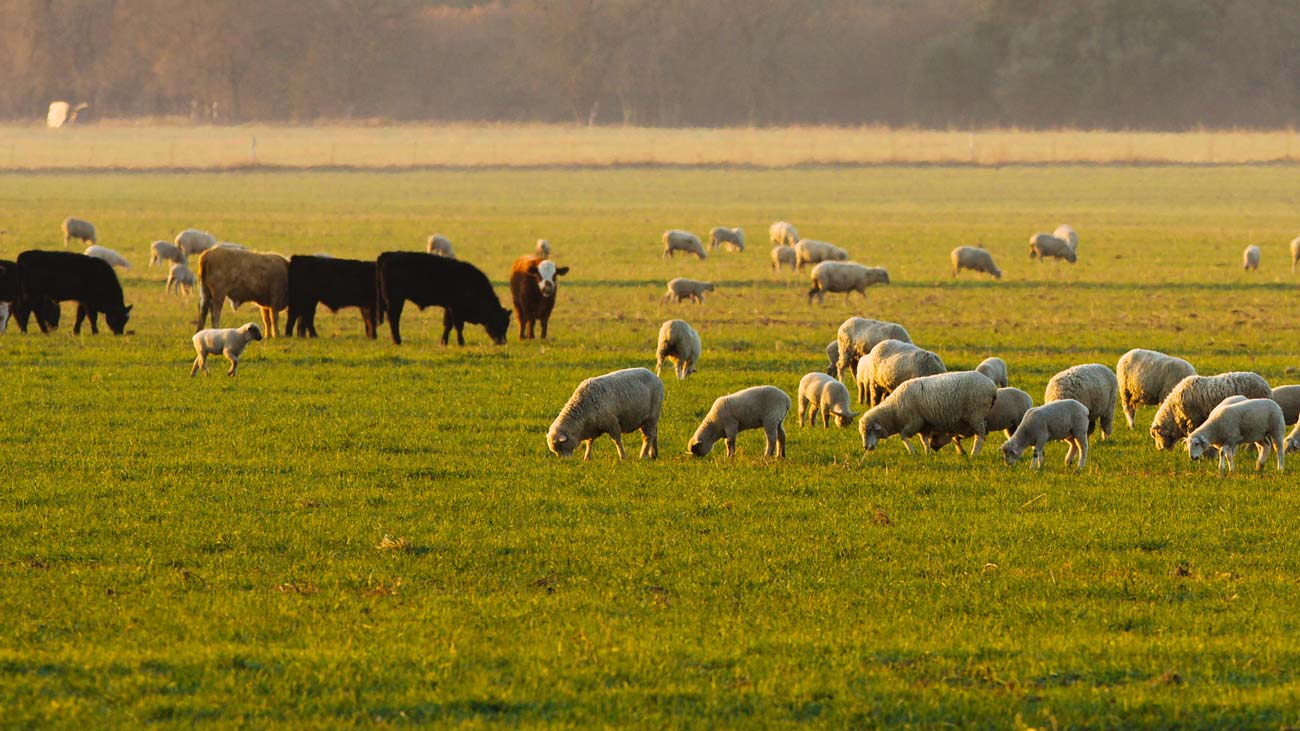What is being done to prevent FMD from entering the U.S.?
The U.S. has been FMD-free since 1929. Though FMD is not a threat to food safety of human health, it is important to prevent FMD from entering and spreading in the U.S. because it can negatively impact the food supply and economic viability of U.S. farms and ranches. Though other countries around the world continue to have cases of Foot-and-Mouth Disease (FMD), the U.S. has implemented stringent protocols like monitoring herds and regulating imports to keep our animals safe and healthy. The United States Department of Agriculture (USDA), the U.S. Food and Drug Administration (FDA) and other government agencies work to prevent FMD from entering the United States. One example of this is requiring that travelers declare the items they bring into the country, as well as preventing importation of certain items, such as raw meats and certain cheeses.
Detection
Suspicious signs of FMD or any foreign animal disease must be immediately reported to state veterinarians, federal animal disease control officials, or county agricultural agents. Prompt reporting of FMD symptoms enables agencies to conduct an investigation, obtain a diagnosis, and contain an outbreak before it spreads. When a potential case of FMD is reported, an investigation of the affected herd begins immediately.
Testing
Within APHIS, the Foreign Animal Disease Diagnostic Laboratory (FADDL) conducts foreign animal disease tests. If a suspected case of FMD is reported, USDA Animal Plant & Health Inspection Service (APHIS) will work with the animal health officials in the state where the report originated to send out foreign animal disease diagnosticians to the location. The USDA conducts an average of 400 to 500 foreign animal disease investigations every year, including tests for FMD. No cases of FMD have been discovered in the United States since 1929.
Ongoing Surveillance
The USDA conducts hundreds of field inquiries each year in an effort to detect potential signs of FMD or any foreign animal diseases. To protect U.S. livestock from foreign diseases, federal officials conduct screenings of passengers, luggage, cargo, and packages at ports of entry and airports, and prohibit certain agricultural products from entering the country. On a global scale, USDA International Services officials are stationed around the world to monitor and coordinate with foreign governments on animal health issues.
Frequently Asked Questions
Find out more by exploring the questions below.
